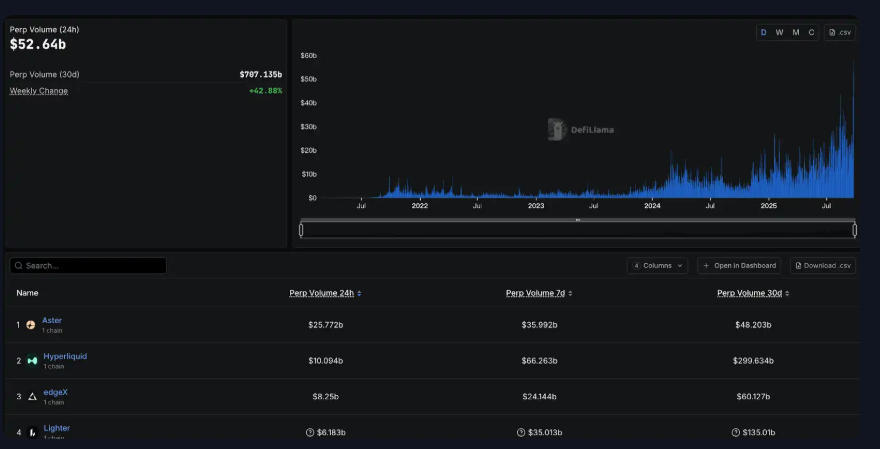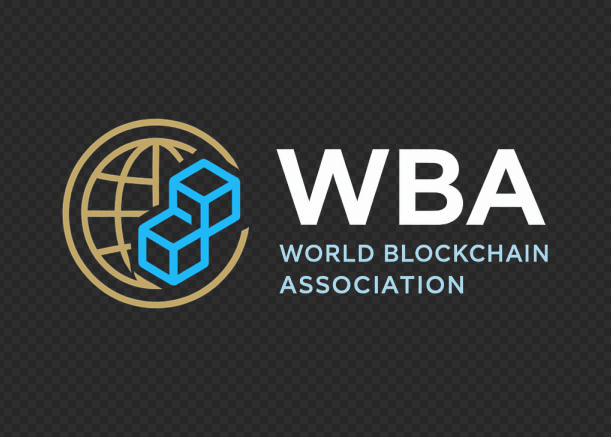
September 2025 – World Blockchain Association (WBA) – The global tech industry is abuzz with the release of the iPhone 17, Apple’s latest flagship device. Yet, beyond discussions about new features and pricing, an unexpected parallel has emerged on social media: the contrast between “Apple Thinking” and “Android Thinking.” According to a new analysis by the World Blockchain Association, this framework provides a surprisingly accurate lens to understand diverging investment strategies within the cryptocurrency ecosystem—particularly the debate between short-term speculation and long-term holding of Bitcoin and other digital assets.
From Smartphones to Cryptocurrencies: The Mindset Divide
In consumer technology, “Android Thinking” is often associated with cost-efficiency and maximizing features per dollar, while “Apple Thinking” is about prioritizing ecosystem, trust, and long-term value over immediate cost. The WBA reports that this distinction is increasingly mirrored in Web3 and crypto markets.
- Android Thinking in Crypto: Investors adopting this mindset are driven by high-risk, high-reward strategies. They chase early-stage projects, participate in DeFi yield farming, speculate on NFT collections, experiment with DAO governance tokens, and jump into memecoins or micro-cap tokens. Their logic is clear: small capital plus asymmetric opportunities equals the chance of life-changing gains. This mirrors the ethos of “trading parameters” and maximizing upside, much like Android consumers who compare specifications and demand maximum value.
- Apple Thinking in Crypto: In contrast, this approach emphasizes long-term conviction, patience, and stability. Investors here are “HODLers”—those who accumulate and hold Bitcoin, Ethereum, or other blue-chip digital assets, regardless of short-term volatility. Just as Apple consumers trust the brand ecosystem and pay a premium for reliability, Apple-style crypto investors believe that holding BTC or ETH over time will outperform speculative trading. The WBA highlights this mindset as an increasingly dominant narrative among institutional investors, sovereign wealth funds, and large asset managers.
Bitcoin Pricing: From 162 BTC to 0.07 BTC per iPhone
One viral chart circulating on crypto Twitter underscores this philosophical divide. In 2011, purchasing an iPhone 4S required roughly 162 BTC. By 2024, the iPhone 16 cost just 0.014 BTC. Today, the newly released iPhone 17 costs approximately 0.07 BTC at current exchange rates.
The World Blockchain Association notes that these comparisons illustrate not only Bitcoin’s exponential appreciation but also the “pain of hindsight” for those who spent BTC on consumer goods rather than holding. It reinforces the central tenet of “Apple Thinking” in crypto: believing in the intrinsic, compounding value of Bitcoin over a decade, regardless of short-term volatility or the allure of newer altcoins.
Labels in the Crypto Economy: Beyond “Diamond Hands” and “Paper Hands”
The cryptocurrency industry thrives on labels: “diamond hands” vs. “paper hands,” “builders” vs. “traders,” “value investors” vs. “speculators.” The Android vs. Apple analogy, WBA observes, is particularly resonant because it captures the psychology of risk, time horizon, and belief systems.
- Android Thinkers chase DeFi innovations, new NFT collections, and speculative tokenization opportunities, often seeking alpha in volatile cycles. They embody the ethos of “don’t miss the next big thing,” with strategies driven by FOMO (fear of missing out) and narratives amplified on social platforms.
- Apple Thinkers, by contrast, prioritize holding Bitcoin or Ethereum with a conviction that short-term speculation is a net negative game. They argue that, statistically, most traders underperform the market, while holding BTC has historically outpaced almost all strategies.
The WBA stresses that both mindsets coexist in the market, often clashing but equally shaping the cryptocurrency economy.
The Irony of “Apple Thinking” in a Decentralized World
At first glance, Apple Thinking seems antithetical to the ethos of crypto. The blockchain industry was built on decentralization, open-source development, and constant innovation, while Apple represents closed ecosystems and incremental updates. Yet, the WBA emphasizes the irony: the most successful crypto project, Bitcoin, is arguably the most conservative and “Apple-like.”
- Bitcoin Core development is cautious, even slow, mirroring Apple’s incremental hardware upgrades.
- The Bitcoin community demonstrates the same unwavering loyalty and exclusivity often associated with Apple’s most devoted users.
- Institutional adoption—from companies adding BTC to balance sheets to governments considering it for reserves—signals a convergence toward this conservative “Apple-style” strategy.
In a world of overhyped narratives—NFT booms, DAO experiments, meme coin frenzies, and DeFi explosions—Bitcoin remains “boringly reliable.” This stability, the WBA argues, is itself a competitive advantage in an unpredictable market.
The Burnout of “Android Thinking”
The WBA’s report also highlights the costs of the opposite approach. For many Android-style crypto traders, chasing every trend creates a cycle of exhaustion and overexposure. These investors monitor new Layer-2 launches, scan blockchains for potential airdrops, analyze DeFi pools, and speculate on AI-themed tokens. Social media amplifies this urgency with daily announcements of “10x gains” and “the next big alpha.”
Yet, the historical record is sobering:
- Most ICO projects from 2017 are now defunct.
- Many 2021 NFT collections have collapsed in value.
- Only a handful of DeFi protocols from 2020 remain dominant.
The WBA concludes that while “Android Thinking” rewards a small minority of elite traders, the majority end up underperforming simply by spreading their attention too thin and overexposing themselves to risk.
Strategic Choice: Know Yourself, Not the Market
Ultimately, the World Blockchain Association stresses that the choice between “Apple Thinking” and “Android Thinking” is not about right or wrong but about aligning strategy with personal context.
- For young investors entering with small amounts, the asymmetric upside of Web3 innovation, DeFi experimentation, or NFT speculation may make sense.
- For institutional investors, family offices, or high-net-worth individuals, the “boring reliability” of Bitcoin or Ethereum often proves more rational.
The real danger, the WBA warns, lies not in adopting one mindset over another, but in oscillating between them—selling long-term positions to chase short-term trends, or panicking out of speculative trades before they mature.
In crypto, as in consumer technology, the most important discipline may simply be knowing your own risk profile and sticking with it. As the WBA report concludes:
“In the world of cryptocurrency, the highest form of ‘Think Different’ may not be following Apple or Android, but thinking for yourself.”
About the World Blockchain Association
The World Blockchain Association (WBA) is a global organization dedicated to advancing knowledge, policy dialogue, and innovation in blockchain and digital finance. As a leader in the blockchain and cryptocurrency space, the WBA provides stakeholders with trusted insights at the intersection of technology, regulation, and global economic trends through research, reporting, and thought leadership.







